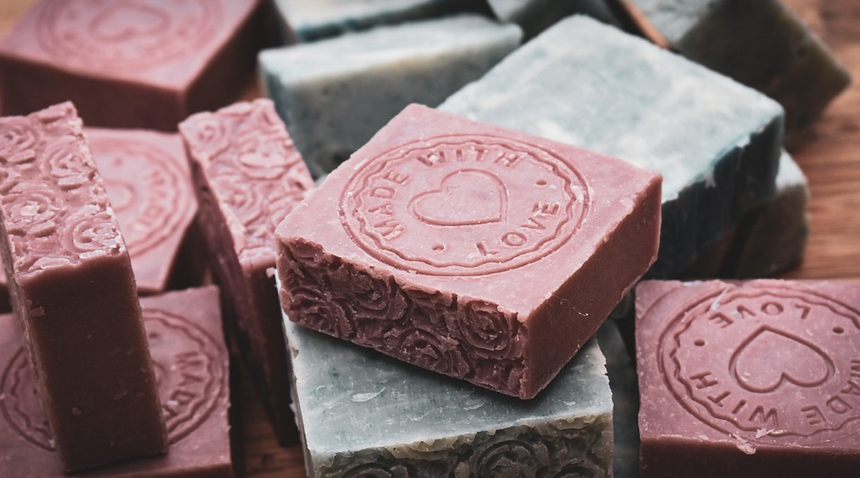A Patchy Problem? Understanding Why Your Lawn is Going Through a Rough Phase
It’s a common sight – there you are, watering your lawn, tending to its beauty, and then suddenly, a jarring patch appears. A dry, brown expanse that seems out of place amidst the emerald green. This can be incredibly frustrating for any homeowner; it disrupts the neatness of your yard, and even leaves you wondering about what went wrong. Before you pull out your hair in frustration, let’s dive into understanding why those pesky dry patches appear on your lawn.
Firstly, it’s essential to understand that a healthy lawn isn’t just about the vibrant green; it’s also about resilience and adaptability. Your lawn is constantly dealing with environmental stressors like sun, wind, drought, pests, disease – all of which can affect its health in different ways.
Let’s explore some of the most frequent culprits behind those frustrating dry patches:
- Overwatering: Overwatering can suffocate your grass roots by saturating them with water and preventing proper aeration and drainage. This can lead to root rot, which weakens your lawn’s ability to absorb nutrients and endure stress.
- Underwatering: Just like overwatering, the opposite issue – underwatering – can hinder your lawn’s growth. When soil lacks moisture, grass blades wilt and die off, creating those visible dry patches that just won’t disappear.
- Drought: The harshest culprit of all. While most lawns thrive in moderate to high-humidity conditions, prolonged drought can leave your lawn struggling for water. It’s important to note that drought doesn’t happen overnight; it takes time to see the effects. But with consistent watering, you can give your lawn a fighting chance.
- Soil Compaction: Think of compacted soil as a concrete jungle for your grass roots. When its density hinders water flow and air circulation, your lawn struggles to absorb water and nutrients. A heavy traffic area or a prolonged period without proper maintenance might lead to this problem.
Identifying the Cause
The first step in tackling dry patches is understanding the reason behind them. It’s like trying to solve a puzzle; you need all the pieces to picture the whole picture. To truly understand why those dry spots appear, consider these factors:
- Type of grass: Different grasses have diverse needs. Some prefer more sun, some thrive in shade, and some are naturally drought-resistant. Understanding your grass type is crucial in identifying how it’s responding to the environment.
- Location and Climate: The climate plays a significant role in lawn health. A hot, sunny area might need more water than a shady one, and even within different zones, local variations can be critical.
- Soil Testing: A simple soil test can reveal hidden insights about your lawn’s needs. It analyzes the pH level, nutrient content, and overall soil health, providing valuable information to tailor your care routine for optimal results.
The Solution – A Recipe for Lawn Success
Now that you have a clearer picture of what might be causing those dry patches, let’s delve into possible solutions. Remember, a holistic approach is key:
- Water Deeply and Infrequently: Instead of frequent shallow watering, aim for deep watering sessions that soak the soil without flooding the lawn. This encourages deeper roots and better water absorption.
- Aerate and Dethatch: This is a two-for-one deal! Aeration helps air circulate to healthy root growth while dethatching removes thatch buildup, allowing for better water penetration.
- Add Organic Matter: Organic matter like compost adds vital nutrients and improves soil structure, helping your lawn retain moisture and thrive. A healthy layer of organic matter is a great investment in a lusher and healthier lawn.
- Use the Right Fertilizer: A balanced fertilizer helps nourish your grass and enhance its resilience against drought and other stress factors. Choose one formulated for your type of grass to maximize its impact.
Patience is key!
Rest assured, these steps aren’t going to produce immediate transformation; it takes time and consistency. But the rewards – a greener, healthier lawn that stands resilient against the elements – are worth every effort. As you delve deeper into caring for your lawn, remember: It’s not just about the end result but also the process of learning and adapting along the way.
Stay tuned for future articles where we’ll explore even more tips and tricks to keep your lawn thriving and beautiful.
